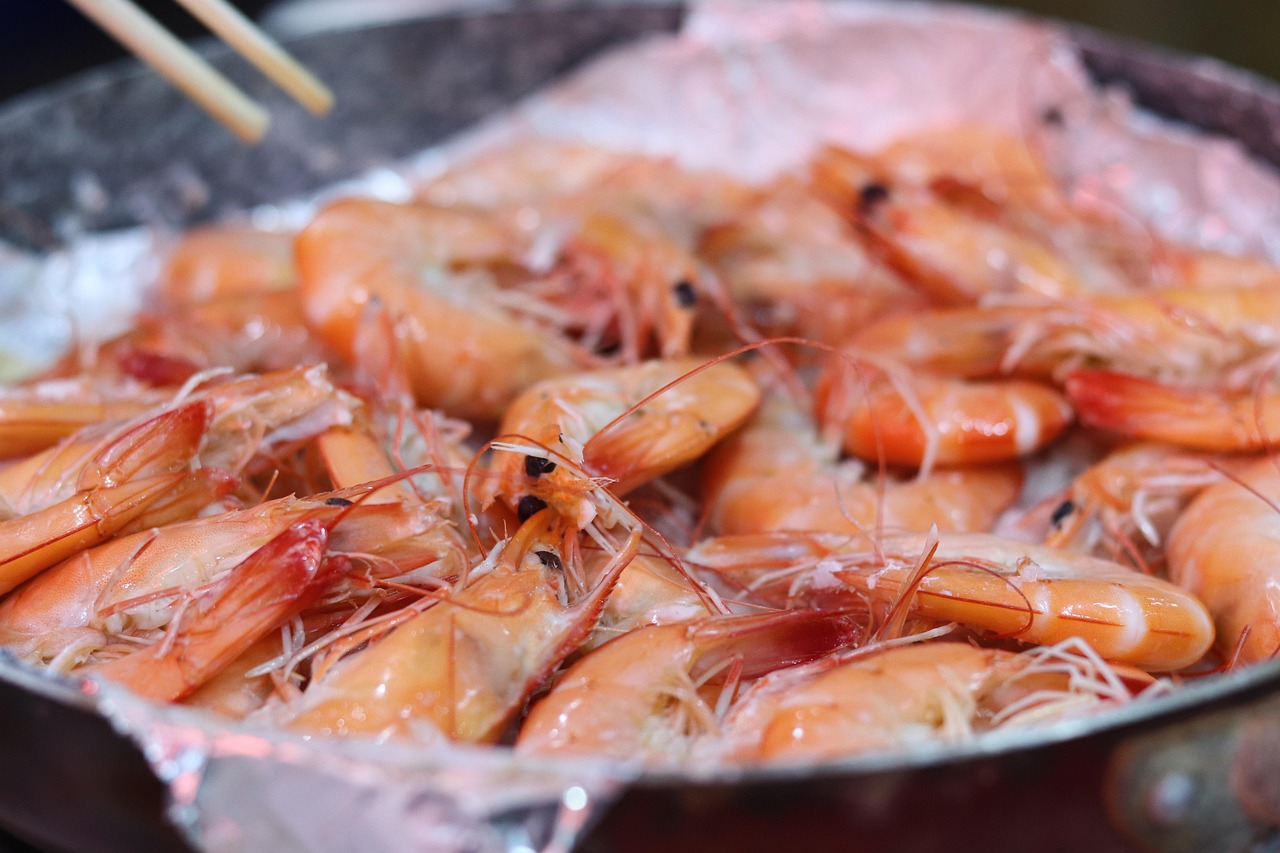Have you ever opened your fridge, only to wonder if that pack of shrimp is still safe to eat? You’re not alone. Shrimp is a delicious and versatile protein, but its shelf life can be tricky. Store it wrong, and you risk spoilage—or worse, food poisoning.
So, how long does shrimp last in the fridge? The short answer: 1–2 days for raw shrimp and 3–4 days for cooked shrimp. But there’s more to it than just timing. Proper storage, freshness checks, and smart handling can make all the difference.
In this guide, we’ll break down everything you need to know—backed by food safety experts—to keep your shrimp fresh and safe.
How Long Does Raw Shrimp Last in the Fridge?
Raw shrimp is highly perishable. According to the U.S. Food and Drug Administration (FDA), fresh raw shrimp should be refrigerated and consumed within:
-
1–2 days if stored properly at or below 40°F (4°C).
-
Up to 3 days if purchased pre-frozen and thawed in the fridge.
Factors That Affect Shrimp Freshness
-
Temperature: Shrimp spoils quickly above 40°F.
-
Packaging: Airtight containers or sealed bags slow bacterial growth.
-
Freshness at purchase: Look for firm, translucent shrimp with a mild ocean smell (not fishy or ammonia-like).
How Long Does Cooked Shrimp Last in the Fridge?
Cooked shrimp lasts slightly longer than raw shrimp due to the cooking process killing some bacteria. When stored correctly:
-
3–4 days in an airtight container.
-
Up to 5 days if vacuum-sealed.
Tips to Extend Cooked Shrimp’s Shelf Life
-
Cool quickly: Don’t leave cooked shrimp at room temperature for more than 2 hours.
-
Use shallow containers: Helps shrimp cool evenly and prevents bacterial growth.
-
Avoid cross-contamination: Store away from raw meats and seafood.
How to Tell If Shrimp Has Gone Bad
Nobody wants to eat spoiled shrimp. Watch for these red flags:
✅ Fresh Shrimp Signs
-
Mild, briny smell (like the ocean).
-
Firm texture, translucent color.
-
No slimy coating.
❌ Spoiled Shrimp Signs
-
Strong fishy, sour, or ammonia-like odor.
-
Mushy or slimy texture.
-
Discoloration (grayish or yellow tint).
Pro Tip: When in doubt, throw it out! Foodborne illnesses (like salmonella or vibriosis) aren’t worth the risk.
Best Ways to Store Shrimp for Maximum Freshness
1. Refrigerator Storage (Short-Term)
-
Keep shrimp in its original packaging if unopened.
-
If repackaging, place in an airtight container or ziplock bag with ice.
-
Store on the bottom shelf (coldest part) to prevent drips onto other foods.
2. Freezer Storage (Long-Term)
-
Raw shrimp: Lasts 3–6 months in the freezer.
-
Cooked shrimp: Lasts 2–3 months frozen.
Freezing Tips:
-
Use freezer-safe bags, removing as much air as possible.
-
Label with the date to track freshness.
-
For best quality, freeze shrimp in a single layer before bagging.
How to Safely Thaw Frozen Shrimp
Never thaw shrimp at room temperature! These are the safest methods:
-
In the Fridge (Best Method)
-
Place frozen shrimp in a bowl to catch drips.
-
Thaws in 12–24 hours (depending on size).
-
-
Cold Water Bath (Faster Option)
-
Seal shrimp in a leak-proof bag.
-
Submerge in cold water, changing every 30 minutes.
-
Ready in 1–2 hours.
-
-
Microwave (For Immediate Cooking)
-
Use the defrost setting, but cook immediately after.
-
Final Thoughts: Keep Your Shrimp Fresh & Safe
Shrimp is a tasty, protein-packed choice—but only if stored correctly. Remember:
-
Raw shrimp lasts 1–2 days in the fridge.
-
Cooked shrimp stays good for 3–4 days.
-
Freezing extends shelf life for months.
By following these storage tips and freshness checks, you’ll enjoy delicious shrimp without the worry. Next time you’re meal prepping or hosting a seafood dinner, you’ll know exactly how to keep your shrimp at its best!
FAQs
Can you eat shrimp past the “use by” date?
If stored properly and showing no spoilage signs, shrimp may be safe 1 day past the date—but always check smell and texture first.
Can you refreeze thawed shrimp?
Only if it was thawed in the fridge and hasn’t been left out. Refreezing may affect texture.
Why does my shrimp smell like ammonia?
This indicates spoilage or improper handling. Discard it immediately.










